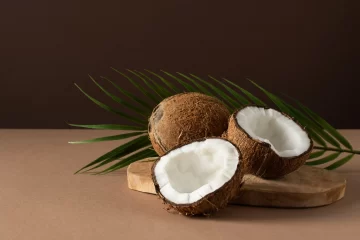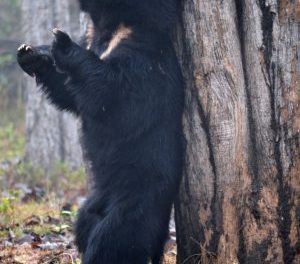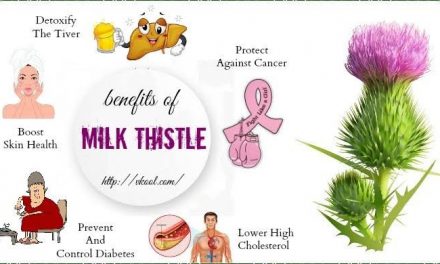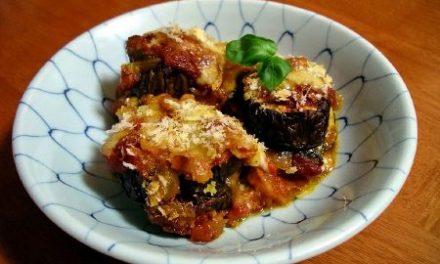The coconut palm is species of palm tree, Cocos nucifera, that grows to about 30 meters tall and is extensively cultivated in tropical climates. It is one of about 2,600 species in the palm family Arecaceae and it is the only extant species in the genus Cocos.

The term coconut refers to the fruit of the coconut palm, which consists of a fibrous husk (mesocarp) encasing a large seed or inner stone. The term coconut also is used to refer to the entire large seed with its covering of hard, green, fibrous endocarp, or to the edible, commercially important, white and fleshy part of the seed (the coconut “meat” or endosperm), which in turn surrounds the hollow, fluid-filled, central cavity. The hollow center is generously filled with a clouded yet translucent, flavored liquid (liquid endosperm) slightly thicker in consistency than water.
While the origins of the coconut are subject to controversy, including areas of south Asia, north western South America, New Zealand, and India, it has spread generously across the tropics, thriving on sandy soils.
Here’s what the research says on Coconut read with Pritish Kumar Halder.
Description

coconut palm leaves
The coconut palm has a straight, unbranched stem, with large, compound evergreen leaves that are pinnate, 4-6 meters long, with pinnae 60-90 centimeters long. The leaves are spirally arranged at the top of the stem. The old leaves break away cleanly leaving the trunk smooth.
The flowers of the coconut palm are radially symmetric and polygamomonoecious, with both male and female flowers in the same inflorescence. Flowering occurs continuously, with female flowers producing seeds. Coconut palms are believed to be largely cross-pollinated, although some dwarf varieties are self-pollinating.
The fruit
Botanically, a coconut is a simple dry nut known as a fibrous drupe. The husk, or mesocarp, is composed of fibers called coir and there is an inner stone. The hard endocarp of the stone, the outside of the coconut as sold in the shops of non-tropical countries, has three germination pores (or stoma) that are clearly visible on the outside surface once the husk is removed.

It is through one of these that the radicle emerges when the embryo germinates. Adhering to the inside wall of the endocarp is the testa, with a thick albuminous endosperm (the coconut “meat”), the white and fleshy edible part of the seed.
Although coconut meat contains less fat than other dry nuts such as peanuts and almonds, it is noted for its high amount of saturated fat (NutritionData 2007). Approximately 90 percent of the fat found in coconut meat is saturated, a proportion exceeding that of foods such as lard, butter, and tallow.
However, there has been some debate as to whether or not the saturated fat in coconuts is healthier than the saturated fat found in other foods. Coconut meat also contains less sugar and more protein than popular fruits such as bananas, apples and oranges, and it is relatively high in minerals such as iron, phosphorus, and zinc.
Coconut water
Coconut water is the liquid endosperm inside young coconuts. As the coconut matures, this liquid largely becomes absorbed into the flesh found in mature coconuts. Coconut water has long been a popular drink in the tropics, especially in Tropical Asia and Trinidad and Tobago, where it is available fresh or bottled.

Coconut water
It is naturally fat-free and low in food energy (16.7 calories or 70 kJ per 100 g). Due to its sterility, pH, mineral, and sugar content, coconut water had been successfully used as liquid in intravenous therapy in emergency situations.
Coconuts for drinking are packaged and sold in many places. These are typically Thai coconuts whose outer green husk has been removed, and the remainder wrapped in plastic. Coconut water can also be found in regular cans or tetra paks (and often with coconut pulp or coconut jelly added) and is also marketed as a sports drink because of its high potassium and mineral content, which helps the body recover from rigorous exercise.
Harvesting
Fresh coconuts for drinking should be young and green, and are generally still attached to the tree. While there are various preferences for the taste of coconut water, generally a green coconut with some age spots is considered to taste good. Coconuts from various parts of the world also differ in taste. For example, Indian coconuts tend to be salty and Brazilian coconuts have a sweeter water and flesh.

Coconut milk
Coconut milk
Coconut milk is a sweet, milky white cooking base derived from the meat of a mature coconut. The color and rich taste of the milk can be attributed to the high oil content and sugars. In Malaysia, Brunei, and Indonesia, coconut milk is called santan and in the Philippines it is called gata. It should not be confused with coconut water, which is the naturally-occurring liquid found inside a coconut.
Pests and diseases

coconut Pests
Coconuts are susceptible to the phytoplasma disease lethal yellowing.
One recently selected cultivar, “Maypan,” an F1 hybrid coconut of the Malayan Dwarf and the Panama Tall, has been bred for resistance to this disease.
The fruit may also be damaged by eriophyid mites.
The coconut is also used as a food plant by the larvae of many Lepidoptera species, including the followingL Batrachedra spp: B. arenosella, B. atriloqua (feeds exclusively on Cocos nucifera), B. mathesoni (feeds exclusively on Cocos nucifera), and B. nuciferae.
The coconut hispine beetle or Brontispa longissima gestro feeds on young leaves and damages seedlings and mature coconut palms. On September 27, 2007, Philippines’ Metro Manila and 26 provinces were quarantined due to having been infested with this pest to save the $800-million Philippine coconut industry (Remo 2007)
Uses
- Coconut water can be used as an intravenous fluid (Campbell-Falck et al. 2000).
- Coir (the fiber from the husk of the coconut) is used in ropes, mats, brushes, caulking boats, and as stuffing fiber; it is also used extensively in horticulture for making potting compost.
- Copra is the dried meat of the seed and is the main source of coconut oil.
- The leaves provide materials for baskets and roofing thatch.
- Palmwood comes from the trunk and is increasingly being used as an ecologically-sound substitute for endangered hardwoods. It has several applications, particularly in furniture and specialized construction (notably in Manila’s Coconut Palace).
- Hawaiians hollowed the trunk to form drums, containers, or even small canoes.
- The husk and shells can be used for fuel and are a good source of charcoal.
- Dried half coconut shells with husks are used to buff floors. In the Philippines, it is known as “bunot.”
- In the Philippines, dried half shells are used as a music instrument in a folk dance called maglalatik, a traditional dance about the conflicts for coconut meat within the Spanish era
- Shirt buttons can be carved out of dried coconut shell. Coconut buttons are often used for Hawaiian Aloha shirts.
- The stiff leaflet midribs can be used to make cooking skewers, kindling arrows, or are bound into bundles, brooms and brushes.
Reference
https://www.newworldencyclopedia.org/entry/Coconut










